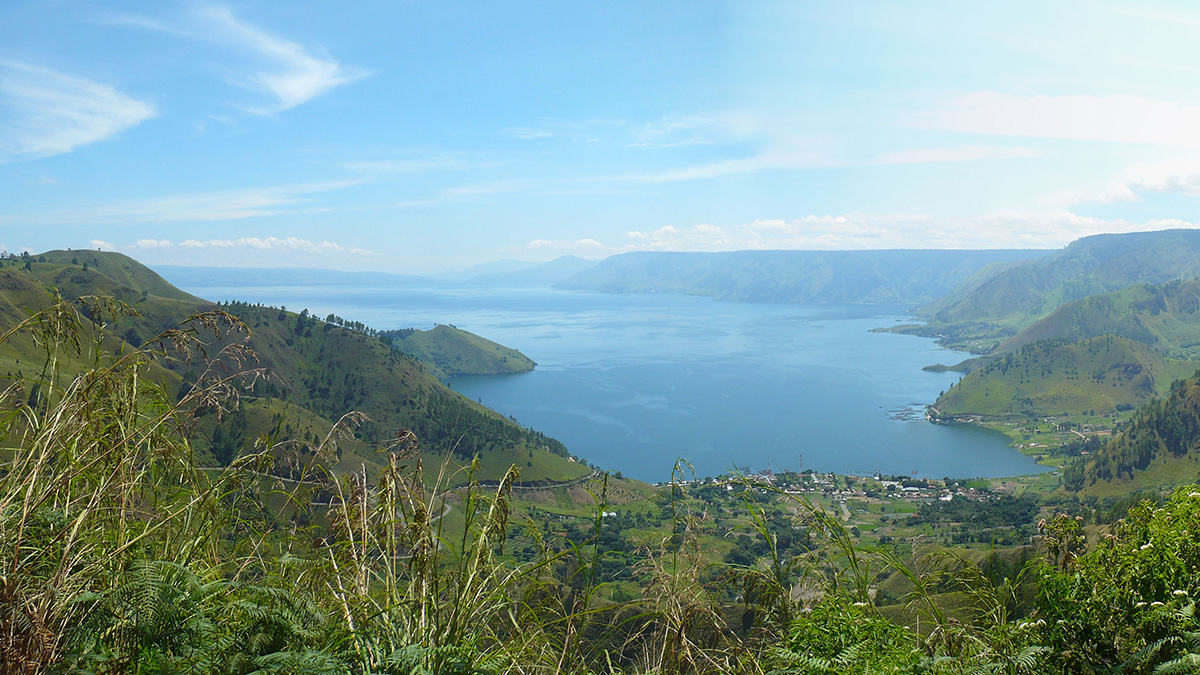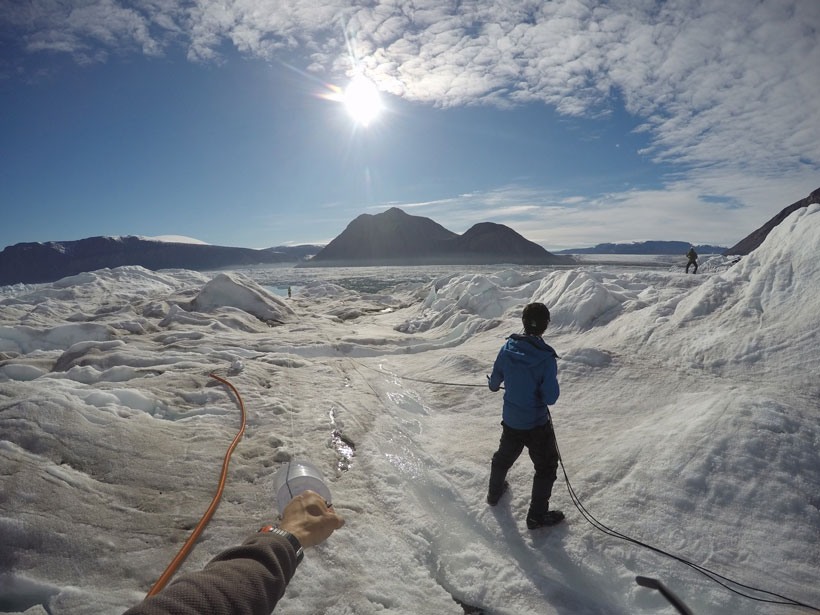Once a massive volcanic eruption is finished, the underlying system can remain active for thousands of years. New research illuminates how supereruption cycles work.
Danielle Beurteaux
Posted inNews
Building a Better River Delta
People have been engineering river deltas for millennia, but new research identifies the optimal placement for diversions that benefit both local communities and the environment—and it might be close to a city.
Posted inNews
Where Do the Metals Go?
Volcanic eruptions spread harmful metals in the environment. Now the biggest study to date details exactly where they end up.
Posted inNews
The Chaos Beneath a Glacier’s Calving Front
For the first time, researchers have captured continuous data on the abrupt changes and activities happening at a glacier’s calving front.




